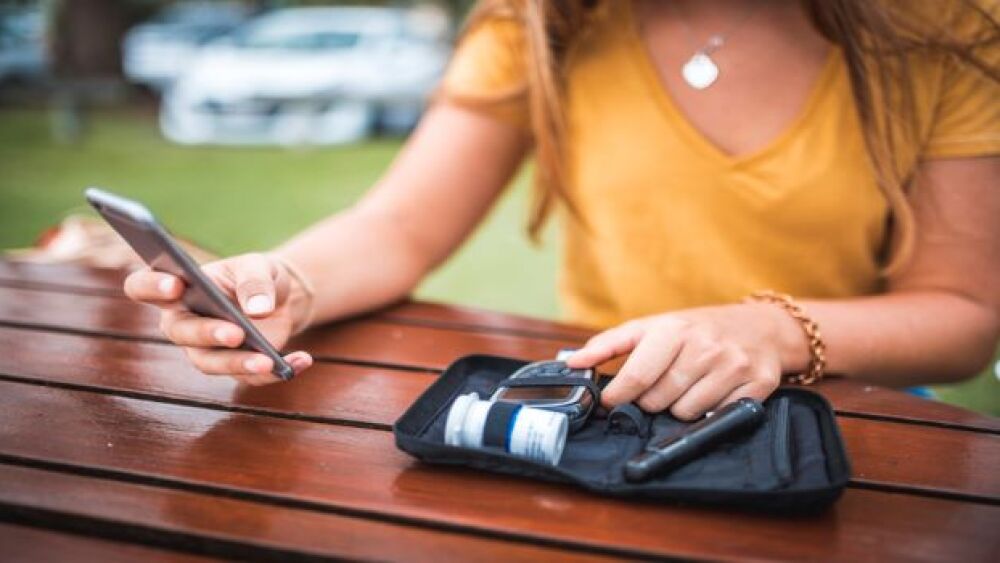The FDA has approved Jardiance and Synjardy as the first SGLT-2 inhibitors to treat pediatric Type 2 diabetes, providing a new class of oral medicines.
Pictured: A diabetes patient checking her blood sugar levels/iStock
Tuesday, the FDA approved Eli Lilly and Boehringer Ingelheim’s Jardiance (empagliflozin) and Synjardy (empagliflozin and metformin hydrochloride) in children with Type 2 diabetes aged 10 years and above.
The approval authorizes the use of Jardiance and Synjardy, alongside exercise and dietary adjustments, to boost blood sugar control in pediatric patients.
The pediatric go-ahead for Jardiance and Synjardy provides a new class of oral medicines for children with Type 2 diabetes, who have fewer treatment options than adult patients, “even though the disease and symptom onset generally progress more rapidly in children,” Michelle Carey, the FDA’s associate director for therapeutic review for the Division of Diabetes, Lipid Disorders and Obesity, Center for Drug Evaluation and Research, said in a statement.
Empagliflozin, the chief active ingredient in Jardiance and Synjardy, belongs to a class of drugs called SGLT-2 inhibitors, which work by modulating the reabsorption of glucose in the kidneys and increasing its discharge from the body through the urine.
Prior to Tuesday’s approval, the only other oral drug available for children with Type 2 diabetes was metformin, which is also present in Synjardy. Metformin was first approved for this indication in 2000, according to the FDA’s release.
To support their push to expand the drugs’ labels, Lilly and Boehringer submitted data from the Phase III DINAMO trial, which showed that when administered alongside diet, exercise, metformin and/or insulin, Jardiance cut HbA1c levels by 0.84% compared to placebo after 26 weeks of treatment.
DINAMO, a double-blinded, randomized and placebo-controlled trial with 158 participants, used Boehringer Ingelheim’s Tradjenta (linagliptin) as a comparator. Study results showed that the DPP-4 inhibitor could not elicit a similarly significant reduction in HbA1c versus placebo in pediatric patients.
Jardiance likewise significantly improved patients’ fasting plasma glucose as compared with placebo.
As for safety, DINAMO found that Jardiance’s side effects in children and adolescents were broadly consistent with those in adults. The risk of hypoglycemia was higher in pediatric patients, as compared with placebo.
These data were included in the companies’ supplemental New Drug Application, which the FDA accepted in March 2023.
Jardiance was first approved in August 2014 for the treatment of adults with Type 2 diabetes. Synjardy won its first FDA authorization a year later, in August 2015, as an oral treatment for the same indication.
Tristan Manalac is an independent science writer based in metro Manila, Philippines. He can be reached at tristan@tristanmanalac.com or tristan.manalac@biospace.com.






